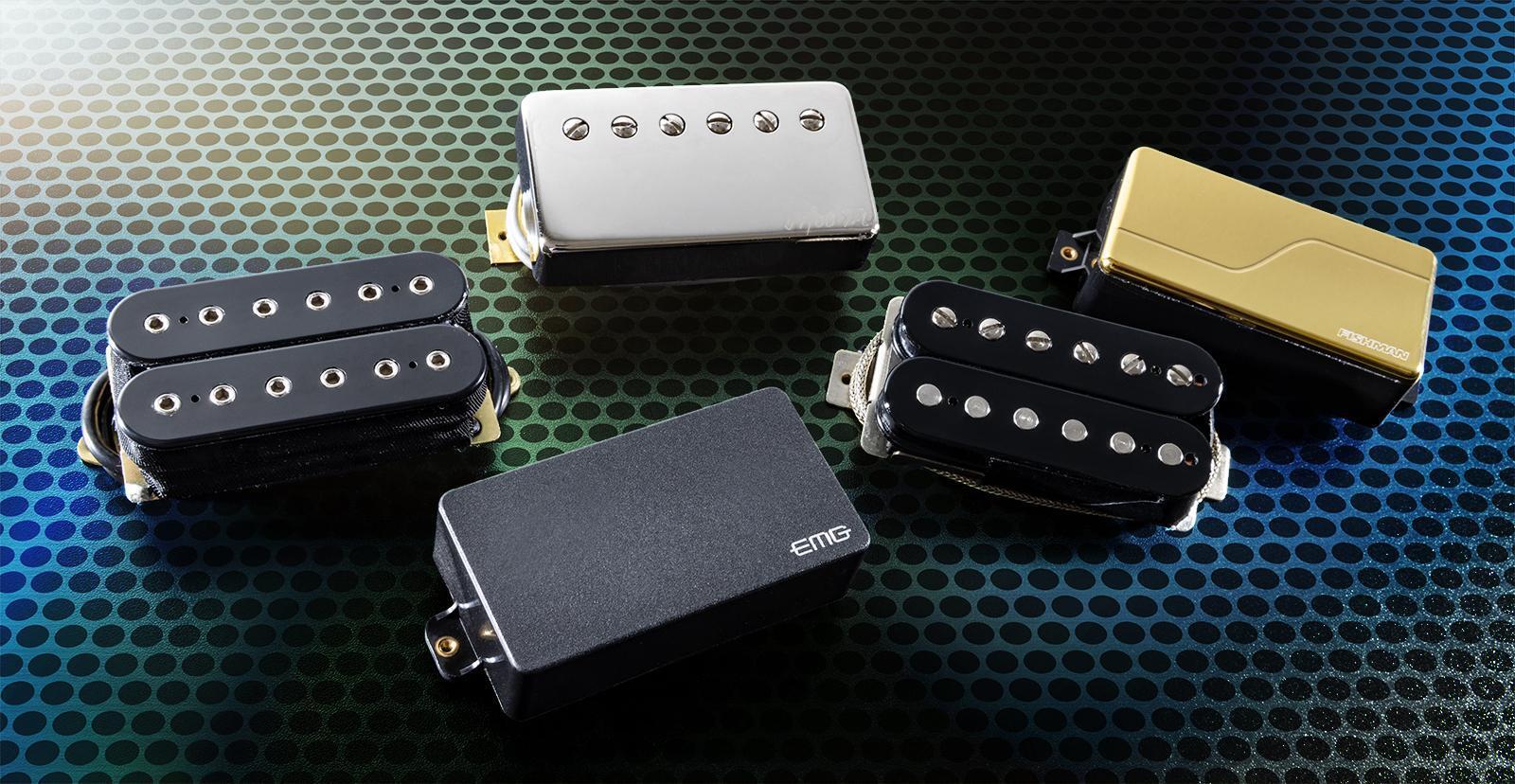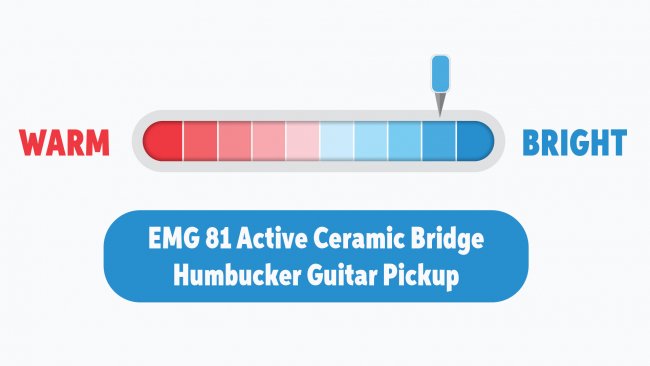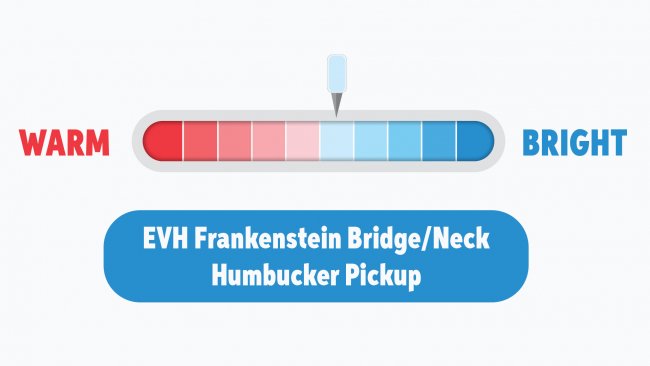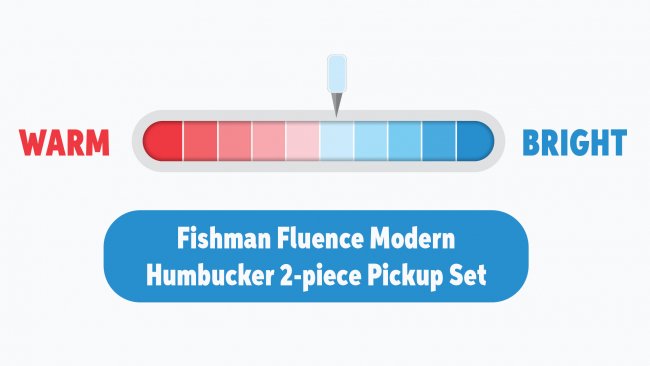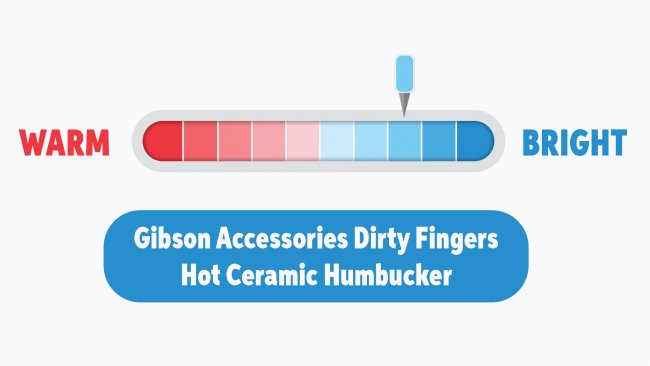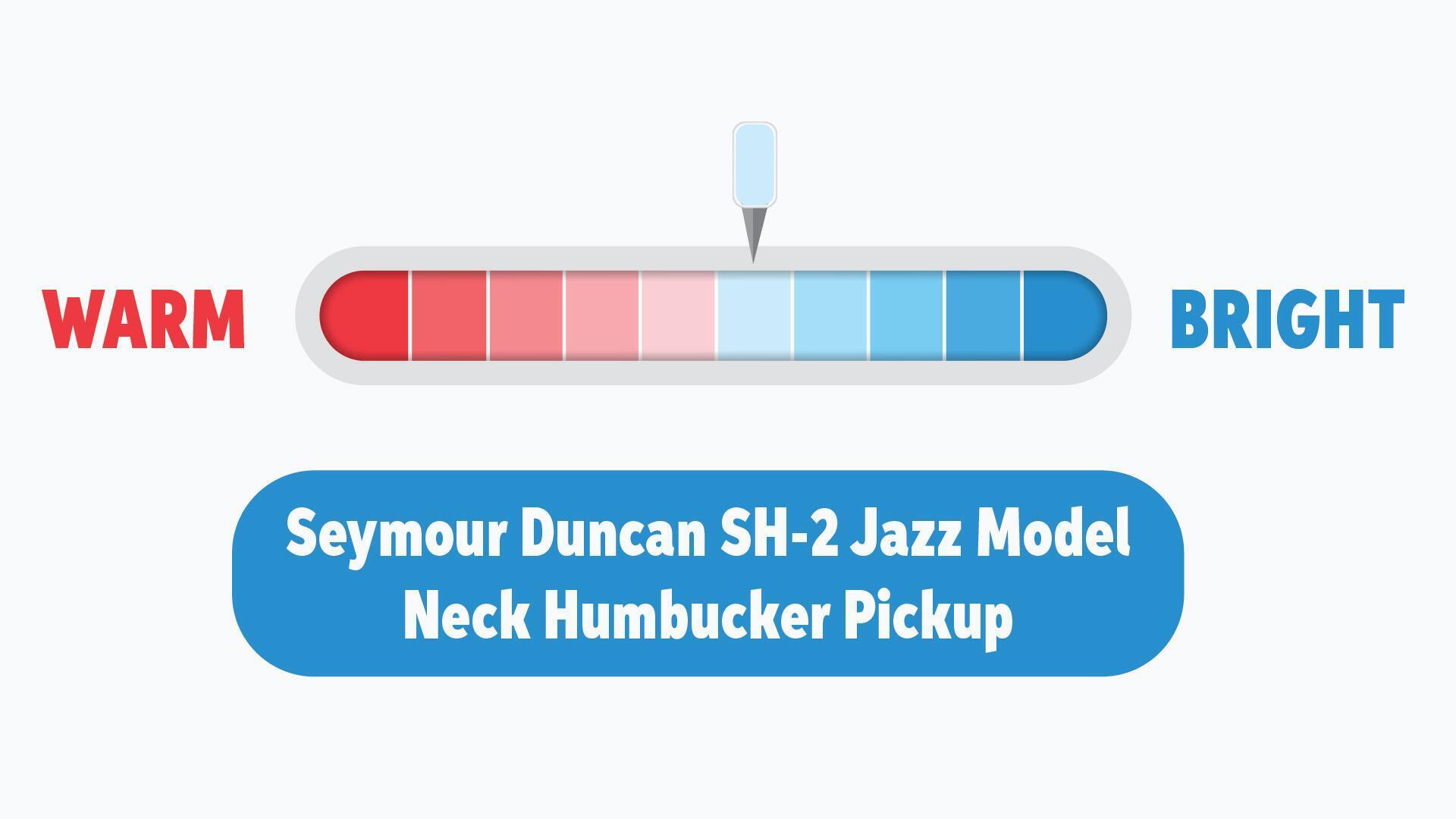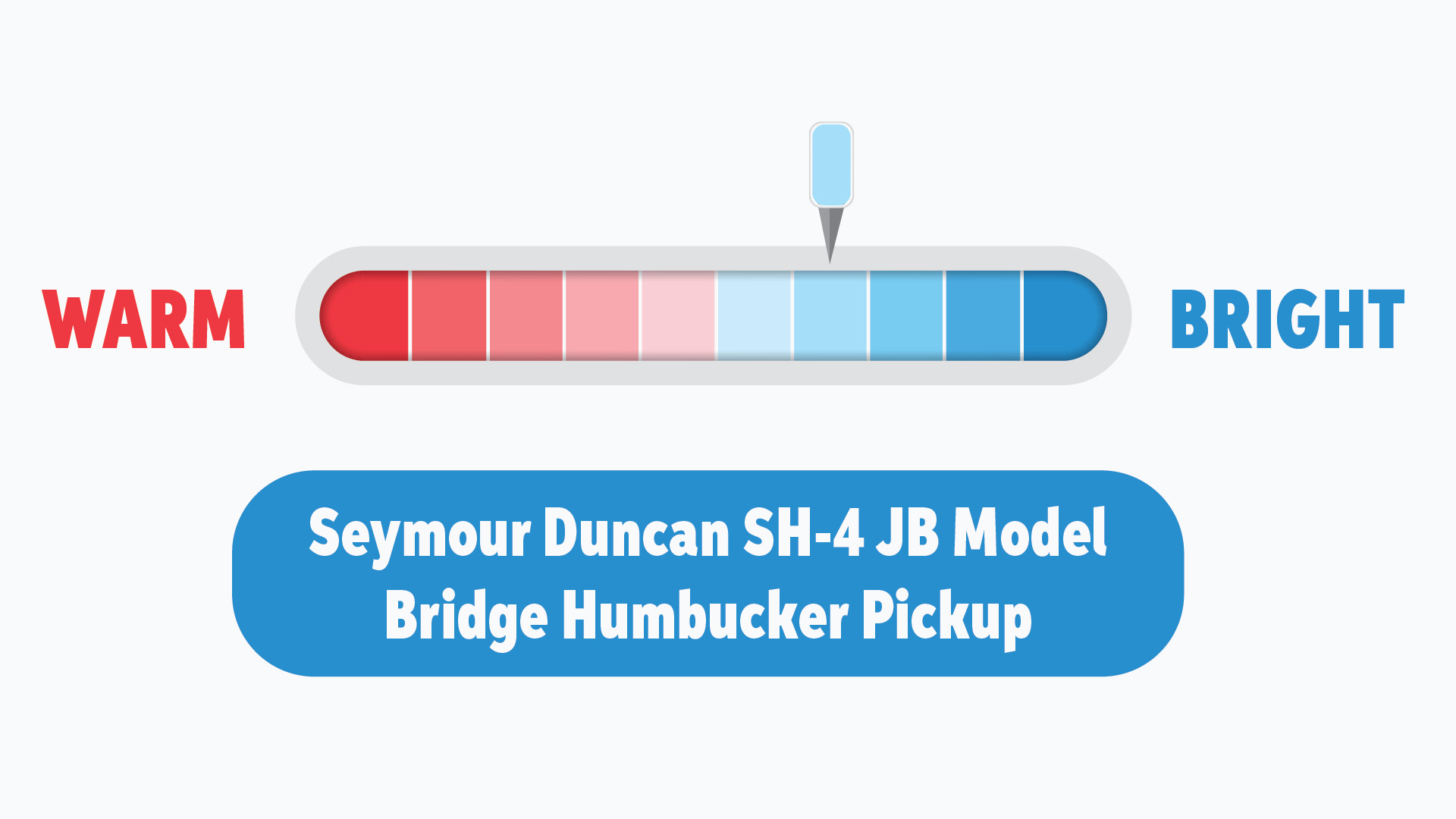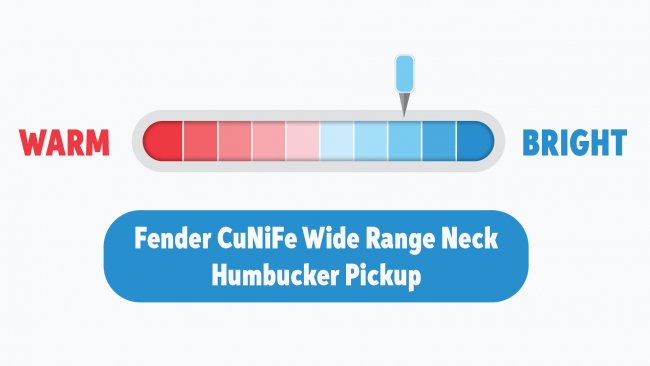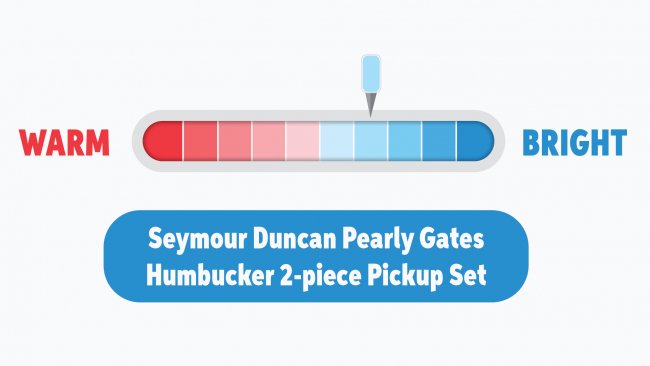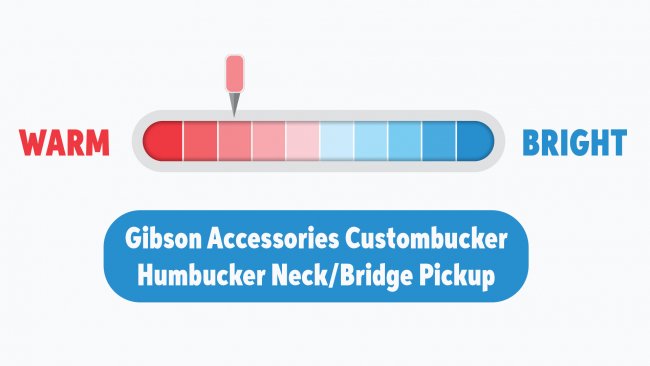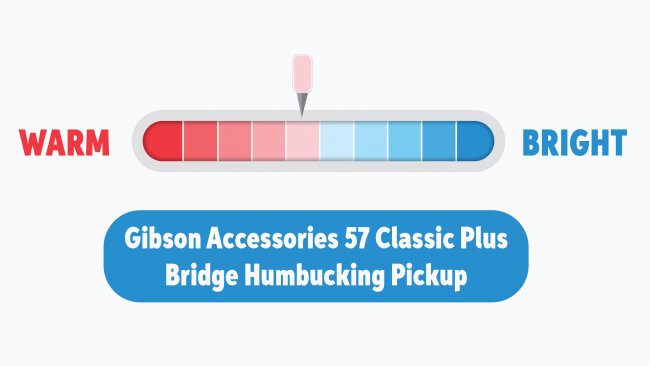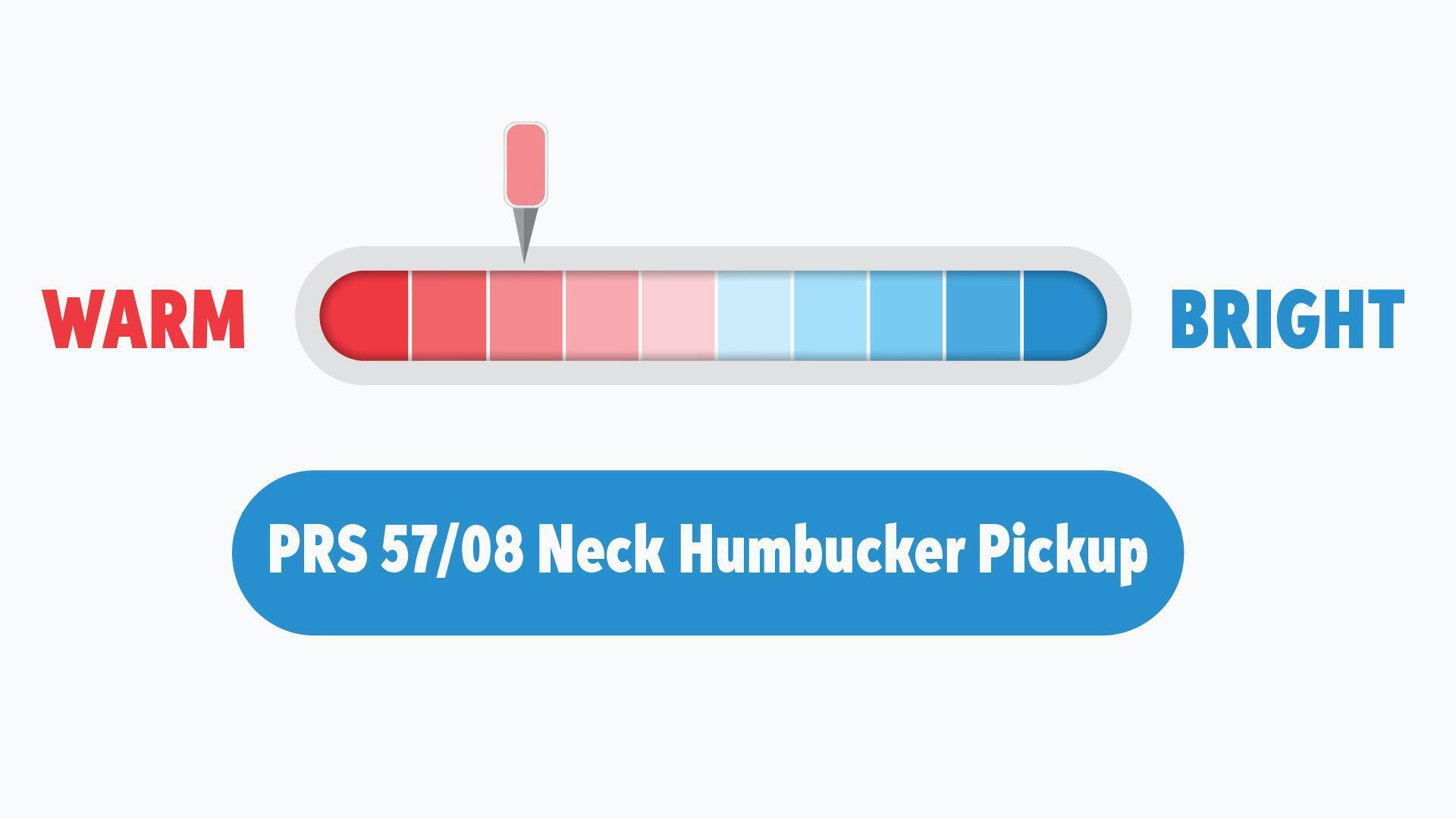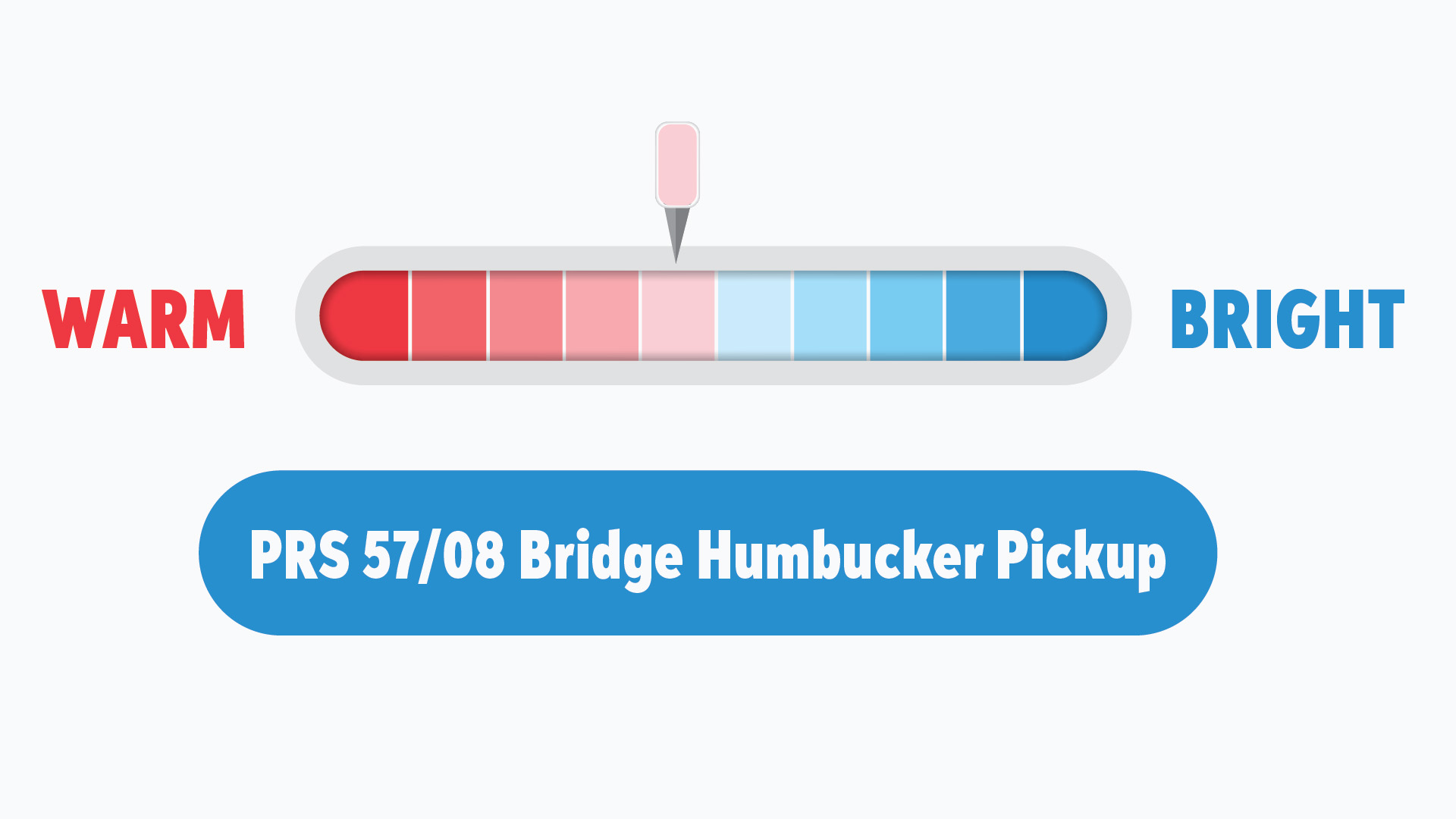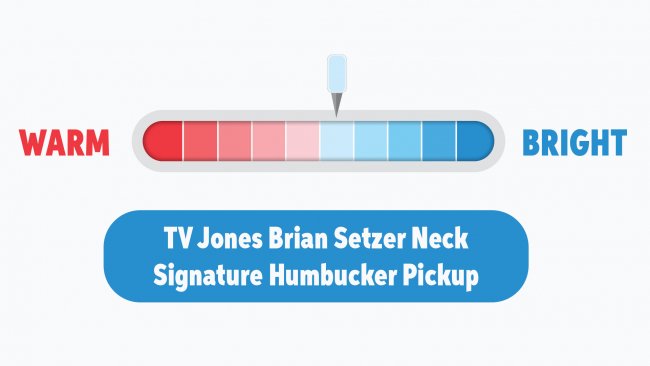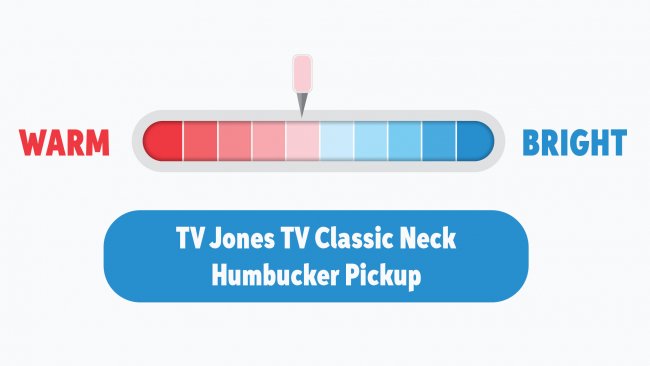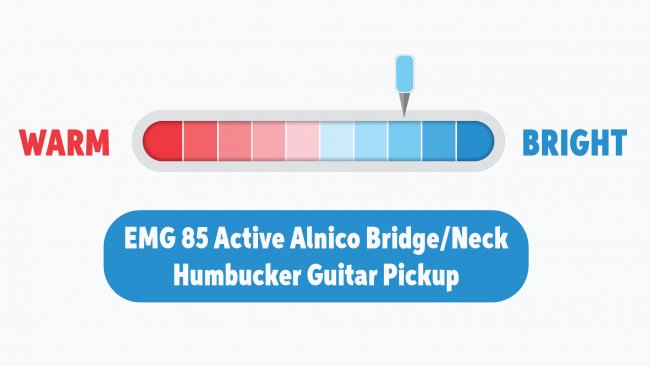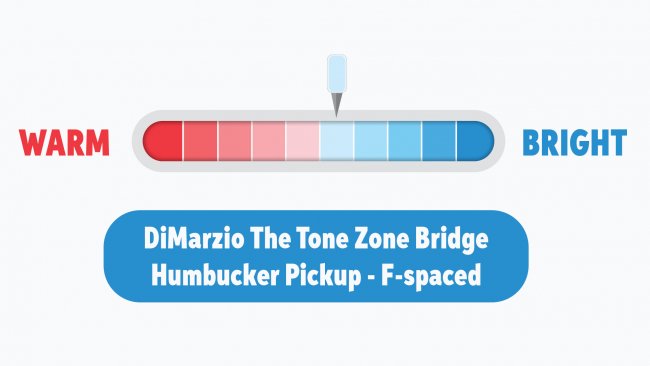Are you looking to replace a humbucker pickup on your guitar or to add a humbucker to your next guitar build? With all the options available, choosing the right humbucker for you might seem daunting. Luckily, the experts at Sweetwater have created an ultimate buying guide for anyone looking to upgrade to the heavyweight of the pickup world: the humbucker.
This guide will show you what makes the humbucker so unique and all the things to consider when deciding which pickup you want to install into your guitar. Additionally, we packed this guide with helpful resources, including articles and videos created by Sweetwater’s team of musicians, to provide in-depth information on these topics.
- What Makes the Humbucker So Special — Things to Know Before You Buy
- Important Questions to Consider Before You Buy
- Are You Looking for a Single or a Set of Humbuckers?
What Makes the Humbucker So Special — Things to Know Before You Buy
Before we talk about what makes the humbucker so special, let’s discuss a little of the history behind them. You may think Seth Lover (Gibson) or even Ray Butts (Gretsch) were the forefathers of the humbucker. Though they were pioneers in humbucking technology, Armand R. Knoblaugh filed a patent for a hum-canceling musical instrument pickup to be used in pianos in the mid-1930s designed to “buck the hum,” thus creating the first “humbucking” pickup.
So, who in the world thought to put a humbucker on a standard Spanish-style 6-string electric guitar? We have Gibson engineers Seth Lover and Walter Fuller to thank for that. When tasked with creating a new pickup, Lover and Fuller wanted to enhance the guitar pickup and decided that the best route to take was to create a hum-canceling pickup. Lover and Fuller’s humbucker was introduced to the public on a few Gibson lap steel guitars in 1956 but was soon added to the Les Paul Gold Top and Custom models in 1957. And, as they say, the rest is history.
But what is it that makes a humbucker a humbucker? And what should you look for when shopping for a humbucker? Let’s go.
Humbucker Winding
If you’ve ever compared the sound of a single-coil or P-90 to a humbucker pickup, then you’ll realize that the humbucker’s tone and output are vastly different than other pickups. This is because humbuckers feature two wire coils rather than one in the single-coil and P-90 pickups.
So, how does adding an extra wire coil change the sound? First, pairing two wire coils increases the signal output if the wires are connected in series, giving you a hotter signal. Second, the hum typically picked up by single-coil pickups gets canceled due to the ingenious use of two windings that are combined with the polarity reversed from each other. Hence the name “humbucker.”
Ceramic vs. Alnico Magnets: Which Fits My Style Better?
Next, let’s discuss the magnets wrapped in the wire coil. The two types of magnets used in modern pickups are ceramic and alnico.
Ceramic
The tone of a ceramic magnet can be described as brighter, punchier, and more compressed than the alnico magnet. Ceramic magnets are great for guitarists looking for metal or hard blues guitar tones due to the ceramic’s brash and naturally compressed qualities.
Alnico
While only one type of ceramic magnet is used in guitar pickups, there are five different types of alnico magnets that all have unique and distinct tonal qualities. Trivia tidbit: You may not know that “alnico” is an acronym formed from the periodic elements used in creating these magnets (Aluminum (Al), Nickel (Ni), and Cobalt (Co)).
- Alnico II: This is a magnet that tends to produce a low output, which has an articulate low end and rich, warm midrange and treble.
- Alnico III: These magnets are weaker and have a lower output than the Alnico II but have sparkling highs, which are great for guitarists who prefer a clean tone.
- Alnico IV: These magnets tend to have a flat EQ, making them great for guitarists who like to experiment with different tones and want a relatively uncolored core tone.
- Alnico V: These are the most popular alnico magnets due to their tight low end, smooth midrange, soaring high end, and high output.
- Alnico VIII: Last but certainly not least is the Alnico VIII, the strongest of the alnicos. These produce tons of mids, have soaring highs, huge low end, and produce an even higher output than the Alnico V magnets.
Conductor Count and What That Means
Now that we’ve explained wire coils and magnets, we’ll discuss how the signal is amplified. This process can’t happen without one or more conductors, which allow electricity to flow through the pickup so it can be amplified.
Conductors also allow you to control features in your pickup, with many affordable humbuckers allowing you to control basic tone, volume, and pickup switching. Having more than one conductor in a humbucker enables you to have the modern flexibility found in many guitars released today. Some benefits of having more than one conductor: it allows you to coil split your pickups, wire them in parallel instead of in series, and more.
What Are Potted and Unpotted Humbuckers? Which One Should I Choose?
A potted humbucker is one that has been dipped and soaked in melted wax, whereas an unpotted humbucker has not been dipped and soaked in melted wax. The potting process has multiple pros and cons, including:
Pros:
- Eliminates vibration-induced signals which cause unwanted feedback
- Reduces movement of the coils
- Is less likely to have mechanical failure
- Has a warmer tone
Cons:
- Reduces high-end harmonics
- Is less touch sensitive
Don’t let the potted humbuckers steer you away from unpotted ones, though. Unpotted humbuckers are great for the raw and harmonically rich tones found in ’50s and ’60s-era Gibson pickups.
Choosing potted or unpotted is up to you. Both are great options, but the most important thing to consider is which one will benefit your playing style the most.
What Exactly Is DC Resistance?
DC resistance (often referred to simply as resistance) is the total resistance measured in ohms through a pickup. This is measured using a VOM/multimeter, which will display the resistance in ohms.
Generally speaking, a pickup with higher resistance will have more output than a pickup with lower resistance. However, this can be balanced somewhat by changing the pickup height (distance from strings).
If your resistance reading is significantly higher or lower than what the manufacturer says it should be, then your pickup might have a problem, including corrosion, a broken wire, or a bad solder joint.
Active vs. Passive Humbuckers: What’s the Difference?
In a nutshell, passive pickups produce voltage by the movement of the strings over a magnet. Passive pickups are the originals and are, by far, the most common.
Active humbuckers add a preamp circuit at the pickup output and require power (usually one or more 9-volt batteries) to operate. Since the pickup relies on an amplifier circuit, it is typically “hotter” than even the “hottest” passive pickups while remaining quieter.
Are Humbuckers Better Covered or Uncovered?
If you’ve already started shopping for humbuckers, then you may have noticed that some are covered while some are uncovered (open coiled). Does that affect your tone? The quick answer is yes.
A quick A/B test reveals that uncovered humbuckers tend to have a brighter, more open sound than covered ones and are less likely to have feedback problems compared to covered humbuckers, which we conversely perceived as having a warmer tone and reduced 60-cycle hum.
Of course, one is not necessarily better than the other. It comes down to a matter of taste. For a more in-depth review of covered versus uncovered, check out the article below!
- Learn More 👉 Covered vs. Open Coil Humbuckers
Do I Need a Trembucker/F-spaced Humbucker?
If you’re replacing a humbucker in your guitar, then it’s good to know whether you need a trembucker (commonly referred to as an F-spaced humbucker) or a traditional humbucker.
The string spacing will determine if you need a trembucker or a traditional humbucker.
The rule of thumb is that if the string spacing is less than two inches or 50mm, then you need a humbucker. If it is greater than that, then you need a trembucker. If you don’t feel like measuring the string spacing, but you know the specs on your guitar, then check to see if your guitar features a Floyd Rose–style locking bridge, 6-screw vintage types, or a 2-point fulcrum bridge. If it does, then you need a trembucker.
Important Questions to Consider Before You Buy
Your Gear and How Humbuckers Affect Them
When choosing your next humbucker, you need to determine what you want from the humbucker. An excellent starting point is examining what genre of music you play, what type of guitar you have, and what kind of amp you have.
What Style of Music Do You Play?
To start your humbucker-buying adventure, you need one that complements the music you play. But with so many options, where do you even begin? Sweetwater understands this struggle, so our experts came together to make the ultimate humbucker cheat sheet for music genres.
Metal
Humbuckers and metal guitarists go together like peanut butter and jelly — one makes the other infinitely better. Many metal guitarists look for a compressed low end, a soaring high end, a pronounced midrange, and a hot output.
Humbuckers like the EMG 81 active ceramic bridge humbucker and the EVH Frankenstein bridge/neck humbucker are great options for metal guitarists looking to re-create timeless and legendary tones for themselves. For those looking to shred a path of their own, the Fishman Fluence modern humbuckers give you modern metal tones, unmatched note clarity, and the unique flexibility to switch between two different pickup voicings that will set you apart from the rest of the pack.
Hard Rock
This genre can be hard to define since it’s so broad, but for guitarists searching for the sounds made famous by their favorite grunge, post-grunge, nu-metal, and shoegaze bands, this section is for you! Hard rock tones are similar to the ones found in metal, but there are characteristics that set them apart: the output is generally less, and the treble is less pronounced for hard rock than for metal.
Our experts love the Gibson Accessories Dirty Fingers hot ceramic humbucker, Mojo Tone DW Tomahawk humbucker, and Seymour Duncan Hot Rodded SH-4/SH-2n humbucker for their thick tone, rich harmonics, and loud output.
Classic Rock
For those who want to harken back to the golden era of rock, we have the humbuckers for you. These humbuckers give you the most comprehensive range of tonal possibilities. From the pleasant, clean tone you get from rolling back your volume knob to thunderous, distorted tones, these humbuckers have all that and everything in between.
The DiMarzio DP100 super distortion humbucker (also great for hard rock), Fender CuNiFe wide range neck humbucker, and Seymour Duncan Pearly Gates humbucker are great starting points in your search for the best humbucker for you!
Blues
Last but certainly not least is what started it all: the raw and soulful tones that came from legendary guitarists, such as B.B. King, Eric Clapton, Muddy Waters, and many more, who laid the foundation for almost every guitarist that followed. Blues guitarists lean toward the rich, warm bottom end and smooth treble that are synonymous with the genre.
For blues, the humbuckers we like are the Custombucker and 57 Classic Plus, made by Gibson Accessories, and the PRS 57/08. These have a low output and lean more toward the warmer side.
More Humbuckers
What Type of Guitar Do You Have?
Although many people believe that tone is all in your fingers, the guitar you use is just as important. When shopping for your next humbucker, it’s important to know that solidbody guitars handle humbuckers differently than semi-hollow or hollowbody guitars do.
A solidbody guitar’s lack of microphonic feedback is one of the main reasons why some prefer the solidbody over other body types. But don’t let that scare you away from installing a humbucker into a semi-hollow or hollowbody guitar. The lived-in tones of semi-hollow and hollowbody guitars are too good to pass up! Who doesn’t love the sound of a Gibson ES-335? They, along with other semi-hollow guitars with humbuckers, are very popular guitars in the history of rock ‘n’ roll.
What Type of Amp Do You Have?
Pushing the front of your amp to the point of overdrive has been a staple of rock ‘n’ roll, and no pickup does this better than the humbucker. Humbuckers achieve this due to their high output. In contrast, single-coil and P-90s have a more challenging time doing this and typically need a secondary element, such as a boost pedal, to overdrive an amp.
But the harmonic distortion from pushing an amp is typically only achievable with tube amps. Overdriving your amp is more difficult with solid-state amps because there are no tubes to push — you have transistors instead of tubes. The upside to solid-state amps is that they are often much louder and more pedal friendly than tube amps while generally weighing less.
With that being said, there’s no wrong choice in choosing an amp. Whether you’re using a tube or solid-state amp, you’ll get a great tone, no matter what. But how the amp reacts to your humbucker may differ depending on which amp you have.
Are You Looking for a Single or a Set of Humbuckers?
By now, you’ve probably narrowed down your choices to a handful of humbuckers that will have your guitar sounding better than ever, but how do you make sure they are for the neck, bridge, or if they are a set? If you are new to Sweetwater and unfamiliar with navigating our website, we are here to help! Check out the links below if you’re looking for a single or set of humbuckers.
If you need even more humbucker action, then check out the article below in which we compared some of Sweetwater’s favorite humbuckers.
What Are You Waiting for? Get Started with a New Humbucker Pickup Today!
So, what are you waiting for? There’s never been a better time to upgrade your guitar with a hot new humbucker (or two)! If you’re buying a new guitar, you can select your dream humbuckers and have our Sweetwater Guitar Shop install them in your guitar before it’s even shipped to you. How easy is that? Shop humbuckers at Sweetwater or reach out to your Sales Engineer at (800) 222-4700 to get started today!


